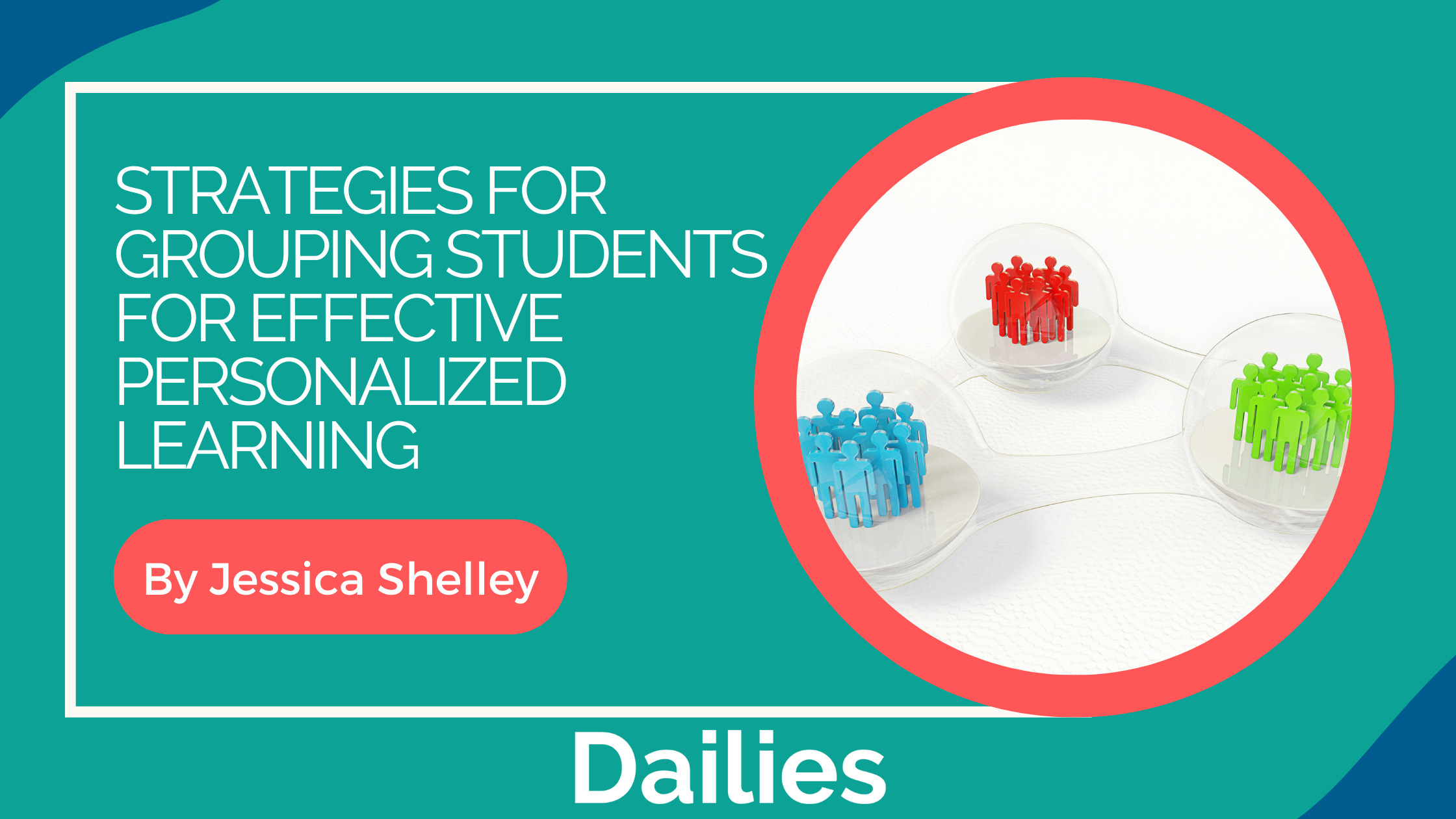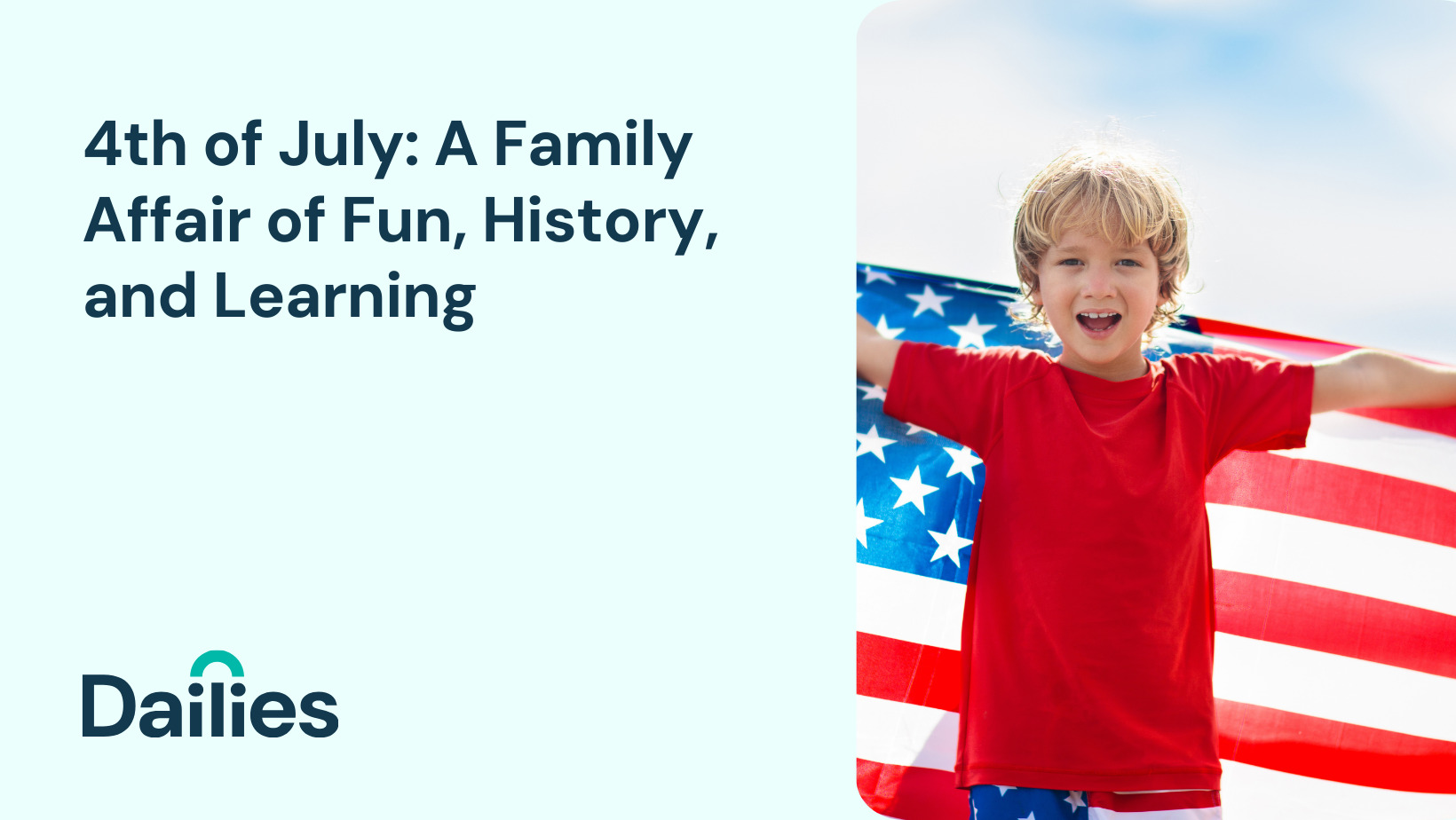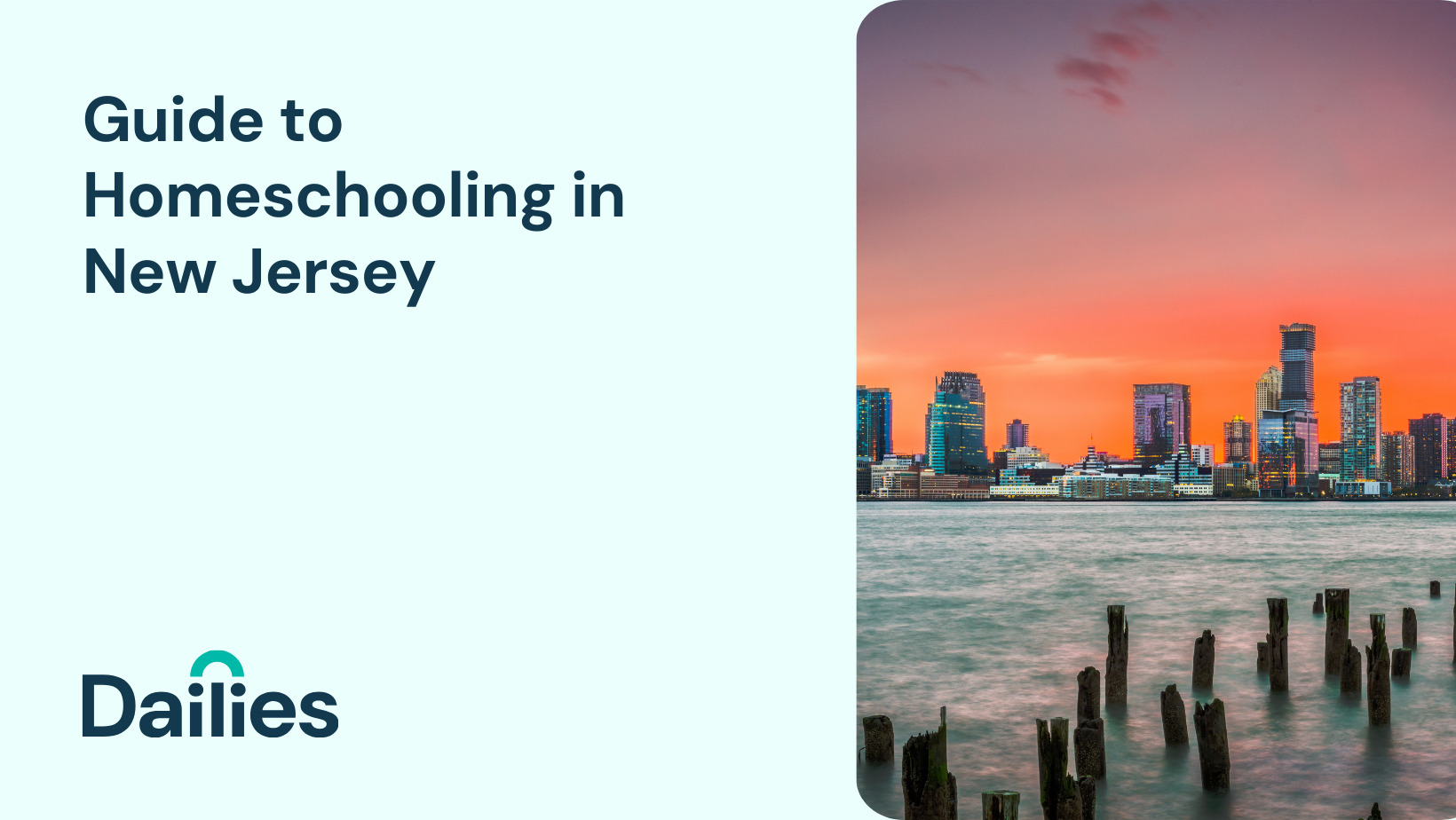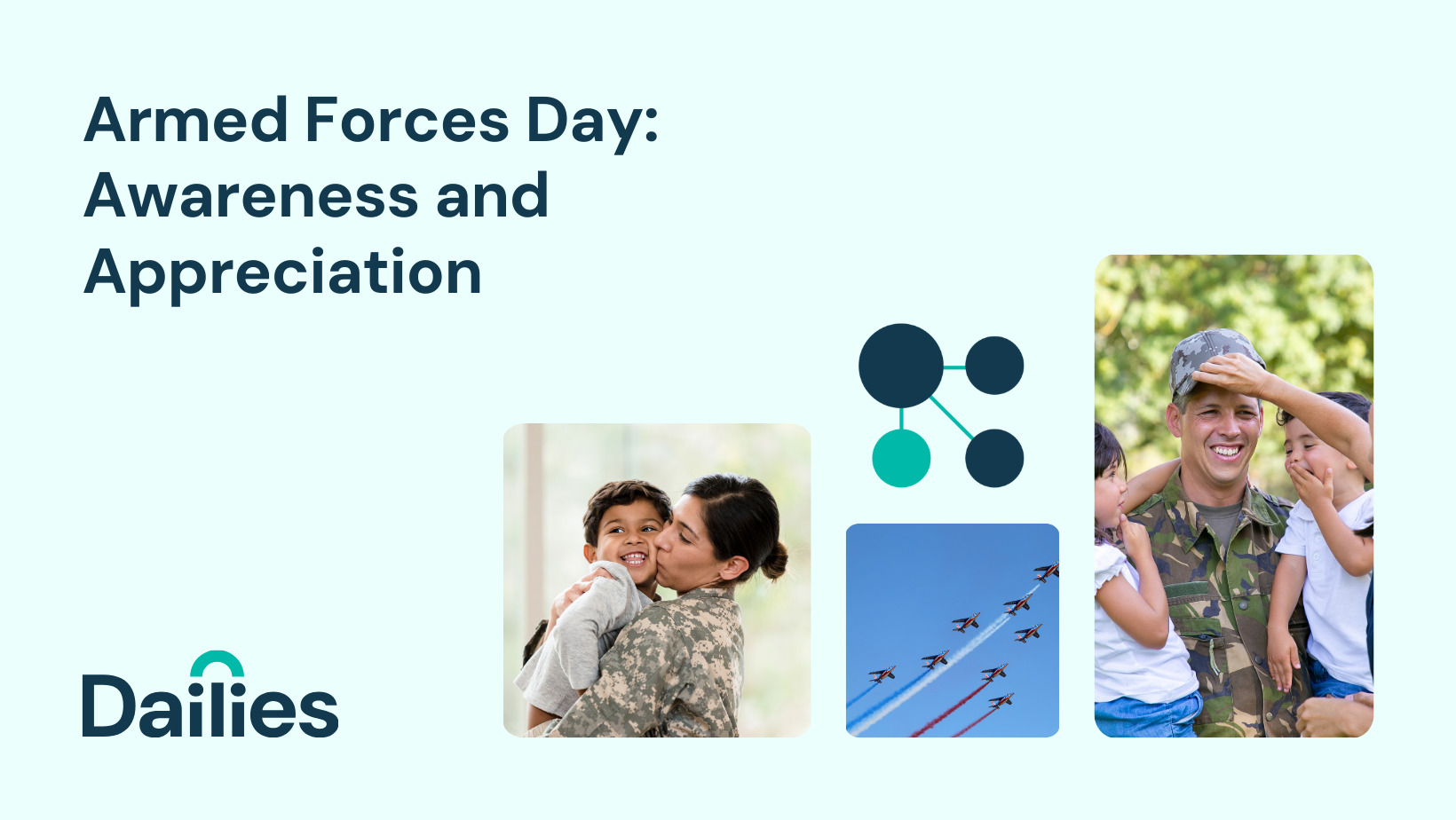Grouping students effectively is a key aspect of personalized learning, as it helps to ensure that students receive instruction that matches their learning needs.
By grouping students with similar needs and abilities, teachers can tailor instruction to meet the individual needs of each student, allowing them to make progress towards their personalized learning goals. In this blog post, we will explore some effective strategies for grouping students in personalized learning environments.
Strategy 1: Data-Driven Grouping
One effective strategy for grouping students is to use data to identify students’ learning needs and abilities. This can include data from assessments, classroom observations, and student self-assessments. Teachers can use this data to group students based on their strengths and weaknesses, ensuring that each group is composed of students with similar learning needs. This allows teachers to provide targeted instruction that addresses the specific needs of each group.
Strategy 2: Flexible Grouping
Another effective strategy is to use flexible grouping, where students are grouped and regrouped based on their progress and changing needs. This allows for more dynamic and responsive instruction, ensuring that students receive instruction that is always tailored to their current needs.
Strategy 3: Interest-Based Grouping
Interest-based grouping is another strategy that can be effective in personalized learning environments. By grouping students based on their interests and passions, teachers can create a more engaging and motivating learning experience. Students are more likely to be invested in their learning when they are learning about topics they care about. This strategy can also lead to increased collaboration and peer-to-peer learning, as students are more likely to share their knowledge and ideas with others who share their interests.
Strategy 4: Mixed-Ability Grouping
Mixed-ability grouping is a strategy where students of varying abilities are grouped together. This allows for peer-to-peer learning, where more advanced students can help their peers who may be struggling. Mixed-ability grouping also helps to foster a sense of community and inclusivity, as students learn to work together and support each other.
By using effective grouping strategies, teachers can support personalized learning and ensure that each student receives instruction that matches their unique learning needs.
Data-driven grouping, flexible grouping, interest-based grouping, and mixed-ability grouping are all effective strategies for grouping students in personalized learning environments. It is important for teachers to continually assess student progress and adjust their grouping strategies as needed. By doing so, teachers can create a more engaging and effective learning experience for their students. Effective grouping is a crucial component of personalized learning, and one that requires careful planning and attention to detail. By implementing these strategies, teachers can ensure that all students have the opportunity to achieve their full potential.






